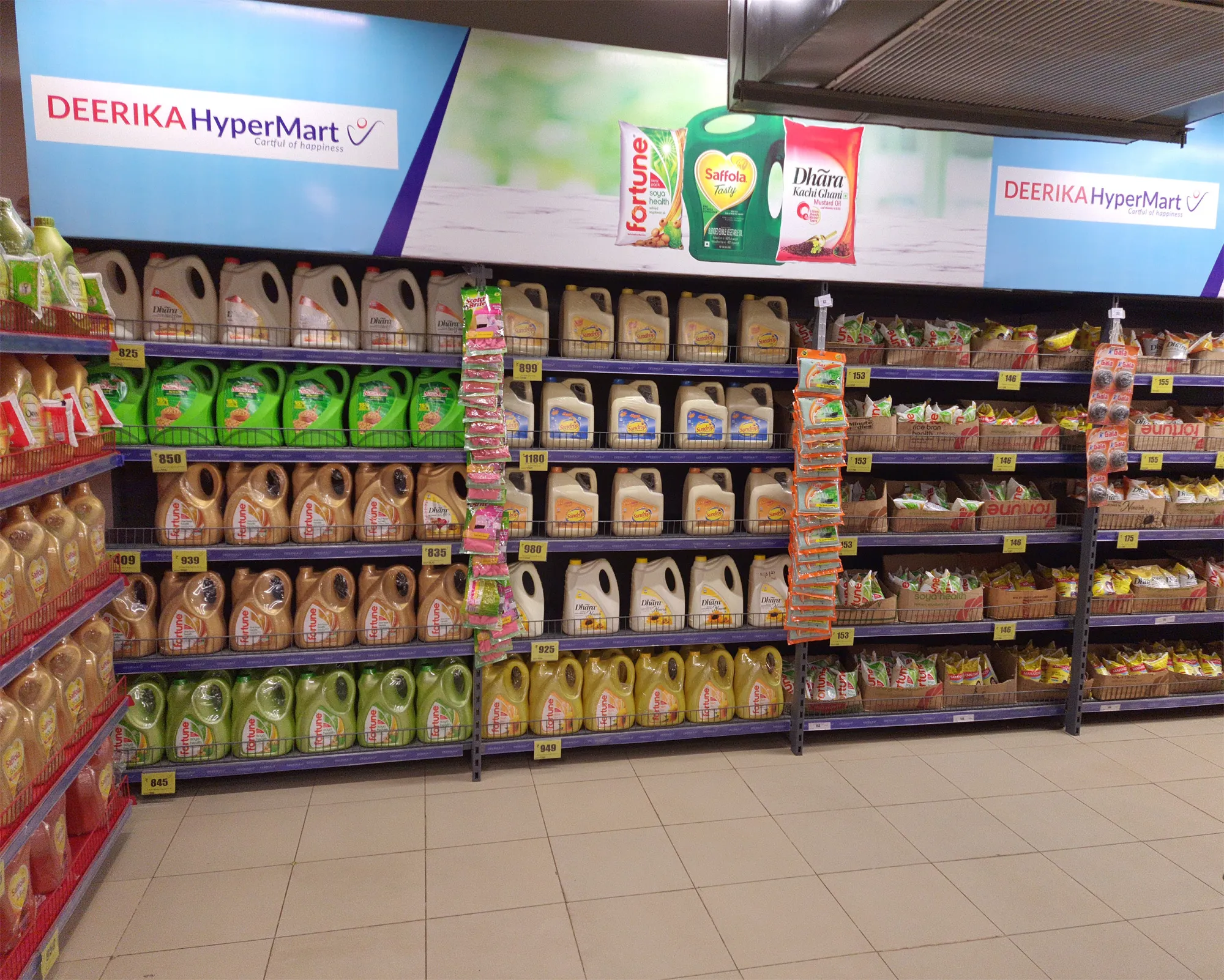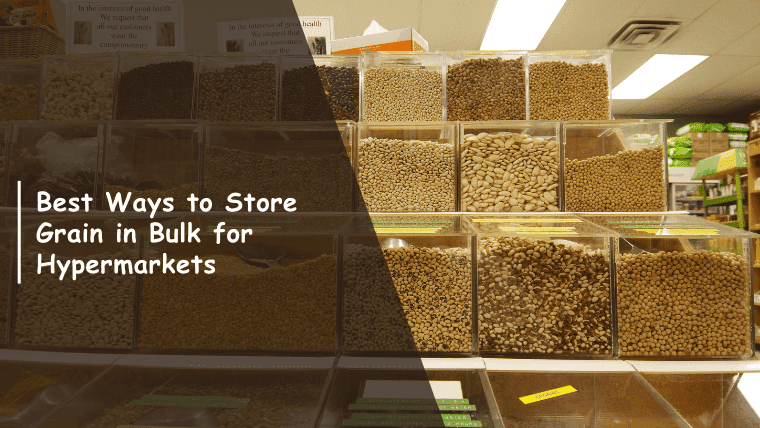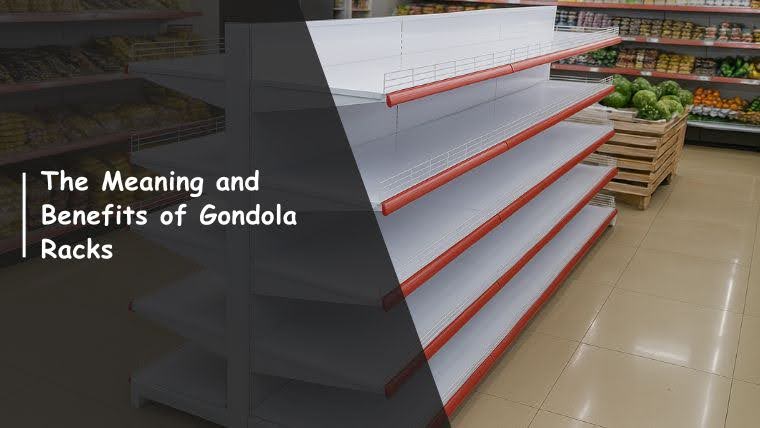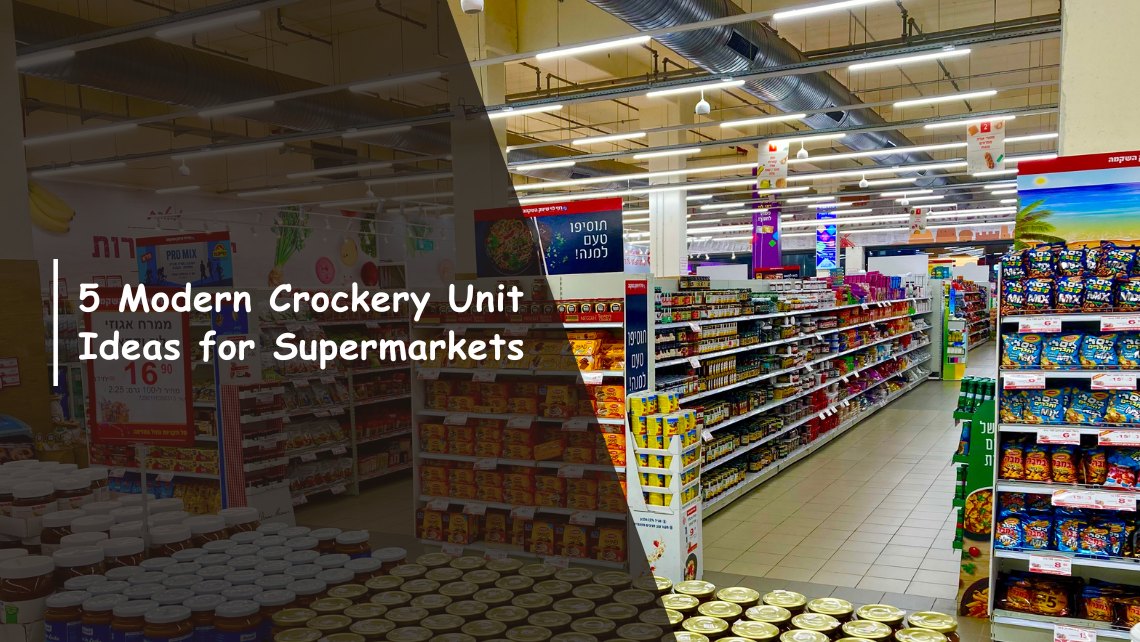Guide to Warehouse Storage Pallet Types and Uses
Boost warehouse efficiency by choosing the right warehouse storage pallets. Learn about different pallet types, their uses & how to optimise your operations.

Boost warehouse efficiency by choosing the right warehouse storage pallets. Learn about different pallet types, their uses & how to optimise your operations.

Optimising warehouse efficiency starts with selecting the right warehouse storage pallets. These pallets are crucial for organizing inventory, ensuring quick access to products, and maximizing available space.
From light items to heavy machinery, understanding the different types of pallets and their specific uses can dramatically improve your warehouse’s performance.
In this guide, we’ll explore the various types of warehouse storage pallets, helping you identify the best option for your storage needs and providing insights to optimise your warehouse operations.
Warehouse storage pallets are flat structures used to support goods during storage and transportation within a warehouse. They help organize inventory, make items easier to move using forklifts or pallet jacks, and maximize available storage space.
Pallets come in various materials (wood, plastic, metal) and designs (standard, nestable, rackable, flow, etc.), each tailored to different types of products and warehouse needs. The right pallet system is crucial for improving warehouse efficiency, reducing handling times, and ensuring safety by securely storing items. Now, let’s move on to why they matter.
Choosing the right warehouse storage pallets plays a key role in the effectiveness of your warehouse. The right pallet system will help you:
Now, let’s break down the most common types of warehouse pallets and where they work best.
Also read: Is a Steel Rack Worth It? Here’s What Experts Say!
When it comes to warehouse efficiency, not all pallets are created equal. Based on how they're built and used, warehouse pallets fall into four key categories; each offering different benefits depending on your layout, load type, and handling system.
The size of a pallet impacts how well it fits racking systems, shipping containers, and aisles. Most warehouses stick to standard sizes for better load planning and operational flow.
Also read: 7 Easy Steps to Set Up Pallet Racks in Your Warehouse
What your pallets are made of influences hygiene, durability, cost, and maintenance.
Also read: How to enhance your space with effective display racks
Entry points determine how easily pallets can be picked up or moved by forklifts, crucial for busy warehouses.
Some pallets are designed with unique features that help manage specific goods or conditions.
While not classified as pallets, multi-tier and mezzanine systems are critical to warehouse efficiency. These storage structures help you utilize vertical space by creating additional storage levels, perfect for growing inventory without expanding floor space.
Expanda Stand’s Multi-Tier & Mezzanine Racks offer an ideal solution for optimising vertical storage. These racks can be customized to fit your unique warehouse layout, increasing your storage capacity and helping you make the most of your space.
Selecting the right warehouse storage pallets for your warehouse depends on a variety of factors, including the size and type of goods you store, the space available, and your specific operational needs. Here are some tips for making the right choice:
At Expanda Stand, we specialize in providing tailored industrial storage solutions to meet the unique needs of your warehouse. From Pallet Racks to Cantilever Racks and Flow Racks, we offer robust and customizable solutions designed to improve your storage capacity and operational efficiency.
We understand that every warehouse is different, and we’re here to help you design the perfect storage system to suit your requirements. Whether you need a simple storage solution or a complex multi-tier system, our team of experts is ready to assist you.
Choosing the right pallet storage solution is crucial to the success of your warehouse operations. With the right racks in place, you can improve product accessibility, streamline inventory management, and optimise space utilization.
Expanda Stand offers a comprehensive range of industrial storage solutions, including Pallet Racks, Flow Racks, Cantilever Racks, and Multi-Tier Systems, all designed to meet the demands of modern warehouses. Let us help you create a more efficient, organized, and scalable warehouse.
Ready to optimise your warehouse storage? Contact us today and discover how our solutions can transform your storage operations.
Store pallets on dedicated racks or floor zones with clear aisle access and proper signage. Use FIFO or LIFO systems depending on your inventory. Ensure pallets are secured and stacked safely. Floor-based pallets should be on even surfaces. For optimised storage, consider using Expanda Stand’s pallet racks or multi-tier systems; they improve safety, access and storage density.
In India, per-pallet storage typically ranges from ₹500–2,500 per unit, depending on material and service level. For racked and customised solutions like Expanda Stand’s pallet systems, costs may rise if they include installation, handling or climate control. Check providers’ quotes carefully, compare GST, inbound/outbound handling charges, and any leasing or servicing fees.
Pallet capacity varies by floor space, rack levels and aisle width. Assuming a standard 1,200 × 1,000 mm pallet (100 sq ft area), and using multi-tier racking, a 1,000 sq m warehouse could store roughly 8,000 pallets across four levels. Factors like ceiling height, fire codes and aisle spacing must be carefully planned for accurate capacity.
Add total monthly warehouse expenses (rent, utilities, labour, handling, equipment), then divide by the number of pallets stored. For example, if total costs are ₹200,000 and you store 500 pallets, the cost is ₹400 per pallet per month. Adjust for seasonal demand, pallet movements, or specialist services for precise budgeting.
A 10 × 10 ft (100 sq ft) area can hold approximately four standard Indian pallets (1,200 × 1,000 mm), allowing room for access. Stackable pallets or multi-tier racking could increase storage density, but forklift space and safe stacking limits must be factored in.




Ready to Upgrade Your Process Operations?